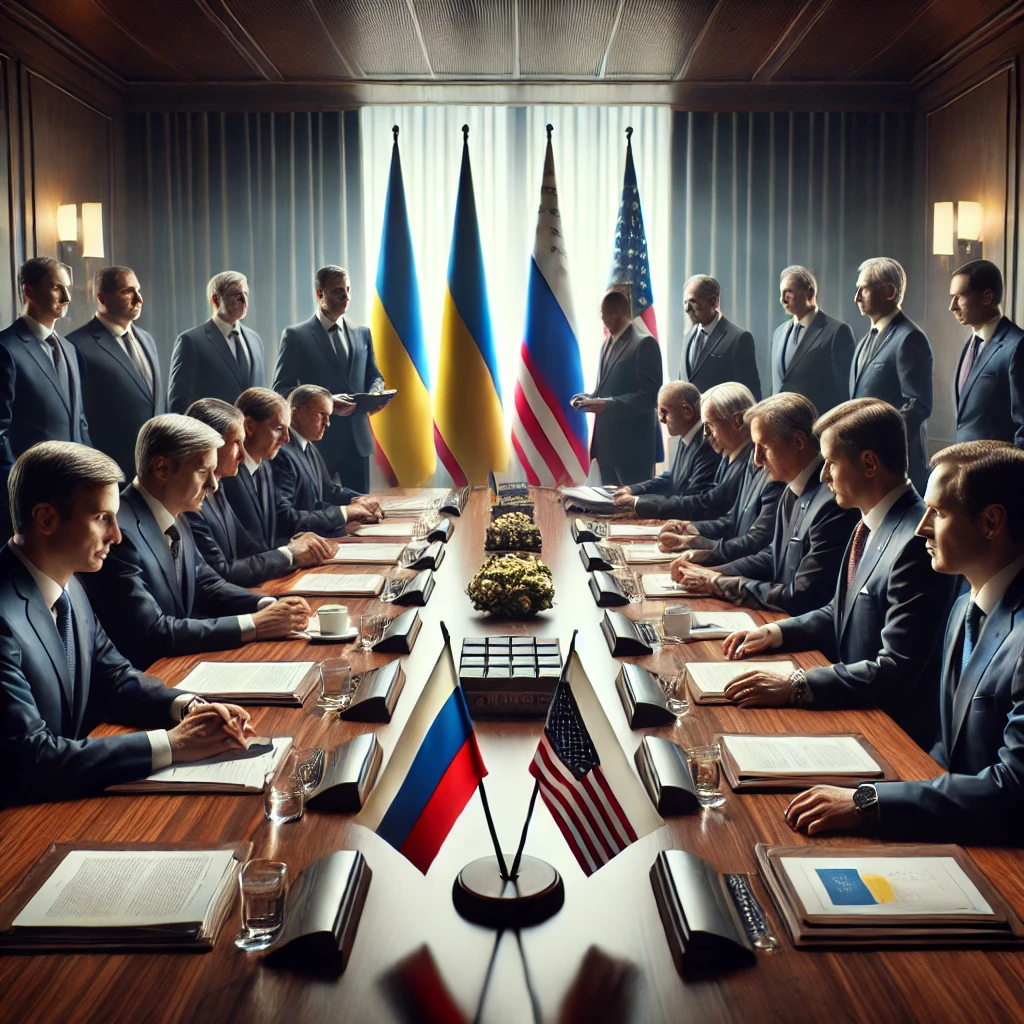Physical Address
304 North Cardinal St.
Dorchester Center, MA 02124
Physical Address
304 North Cardinal St.
Dorchester Center, MA 02124

Discover the latest Ukraine ceasefire agreement, including key terms, conditions, and what happens next. This in-depth analysis covers the 30-day truce proposal, Russia’s potential response, humanitarian relief efforts, and the future of peace talks in Ukraine. Stay informed about the impact on global stability, economic agreements, and geopolitical negotiations.
The conflict between Ukraine and Russia has reached a potential turning point with Ukraine’s agreement to a 30-day ceasefire proposal from the United States. This agreement, if Russia accepts, would take effect immediately and could be extended by mutual consent. The ceasefire aims to halt hostilities along the entire front line, encompassing land, air, and sea, and is accompanied by U.S. commitments to resume intelligence sharing and security assistance to Ukraine.
This article provides an in-depth analysis of the ceasefire, including its terms, underlying agreements, Russia’s response, and potential future developments.
On March 11, 2025, Ukraine formally agreed to a U.S.-proposed ceasefire following negotiations in Jeddah, Saudi Arabia. The terms outlined include:
The ceasefire’s success is contingent on Russia’s acceptance, with U.S. officials indicating that the “ball is now in Russia’s court.”
The Ukraine-Russia conflict, now in its third year, has seen multiple ceasefire attempts, often derailed by shifting political dynamics. The recent London Summit on March 2, 2025, hosted by British Prime Minister Keir Starmer, saw the UK, France, and Ukraine work on a ceasefire plan to be presented to the U.S.
This “coalition of the willing” has emphasized the need for a lasting peace agreement, rather than a temporary truce. Key discussions at the summit included:
The current ceasefire proposal stems from these diplomatic efforts, alongside increasing U.S. engagement following Donald Trump’s re-election and a shift in U.S. foreign policy.
As of March 11, 2025, Russia has yet to officially respond to the ceasefire proposal. However, previous indications from March 7, 2025, suggest that Vladimir Putin might be open to a temporary truce under certain conditions.
Possible Russian demands for ceasefire acceptance:
Historically, Russia has leveraged ceasefires to regroup its forces. Ukrainian President Volodymyr Zelenskiy has expressed concerns that a truce without security guarantees could enable Russia to rearm and launch renewed offensives.
To better understand how this ceasefire compares to previous peace talks, here is a comparative table:
| Proposal Source | Duration | Key Terms | Conditions for Russia | Additional Notes |
|---|---|---|---|---|
| US-Ukraine Joint Statement (March 11, 2025) | 30 days, extendable | Ceasefire, US resumes aid, entire front line | Must accept & implement concurrently | Includes minerals deal, humanitarian efforts |
| London Summit (March 2, 2025) | Not specified | European military force, security guarantees | Not detailed | Aimed at long-term peace |
| Russian Proposal (March 7, 2025) | Temporary | Progress toward final settlement | Recognition of occupied territories | Signals potential willingness to negotiate |
The U.S. has suggested that a ceasefire could be followed by elections in Ukraine, though public sentiment in Ukraine remains divided.
A recent survey found that 47.1% of Ukrainians reject territorial concessions, adding another challenge to a negotiated settlement.
The Ukraine ceasefire agreement is a significant step toward de-escalation but remains uncertain until Russia formally agrees to the terms. If accepted, it could pave the way for comprehensive peace talks, while a rejection would lead to renewed conflict.
With geopolitical stakes high, the coming days will determine whether diplomacy prevails or if war continues.